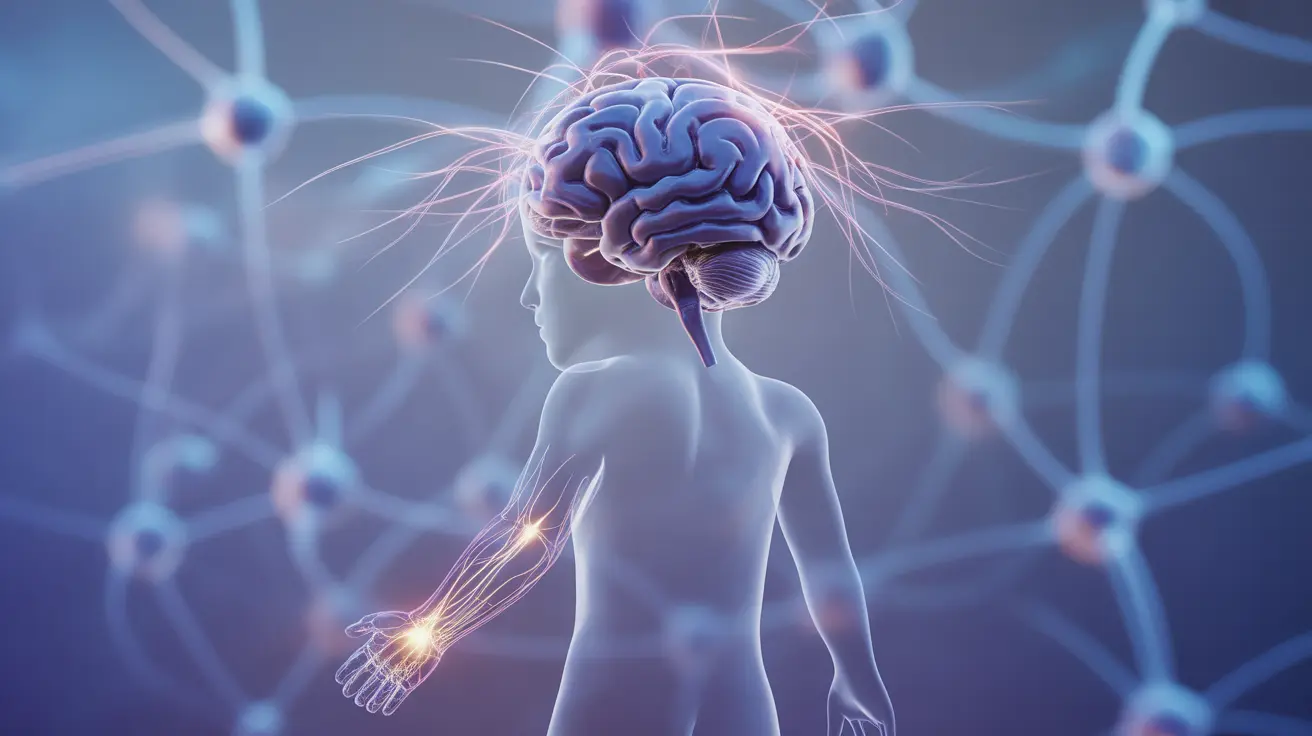Phantom pain is a complex and often misunderstood sensation that occurs when people experience pain in a body part that has been surgically removed or is no longer physically present. This fascinating neurological phenomenon can affect individuals who have undergone amputations, mastectomies, or other surgical procedures where body parts or organs are removed.
While this condition might sound unusual, it's actually quite common among amputees and can significantly impact quality of life. Understanding phantom pain is crucial for both patients and healthcare providers to develop effective management strategies and improve overall outcomes.
What Exactly Is Phantom Pain?
Phantom pain is more than just a psychological experience – it's a real physiological condition where the brain continues to receive pain signals from nerve endings that once connected to the removed body part. This pain can range from mild discomfort to severe, debilitating sensations that feel remarkably real and specific to the missing limb or organ.
Common sensations reported by individuals experiencing phantom pain include:
- Burning or tingling
- Shooting or stabbing pain
- Cramping or twisting
- Pressure or throbbing
- Electric shock-like sensations
Understanding the Causes
The exact mechanisms behind phantom pain are still being studied, but researchers have identified several key factors that contribute to its development:
Neural Reorganization
When a body part is removed, the brain's neural pathways undergo significant changes. The areas of the brain that once controlled the missing limb or organ may become responsive to other body parts, leading to confused signals and pain sensations.
Memory of Pain
The brain may retain a pain memory from before the amputation or surgery, continuing to send these stored pain signals even after the body part is gone.
Nerve Damage
During surgery or amputation, nerve endings may become damaged or form neuromas (abnormal growth of nerve tissue), contributing to phantom pain sensations.
Treatment Approaches
Managing phantom pain often requires a multi-faceted approach, combining various treatment methods to achieve the best results:
Medical Interventions
- Medications (antidepressants, anticonvulsants)
- Nerve block injections
- Spinal cord stimulation
- Mirror therapy
Non-Medication Therapies
Several non-pharmaceutical approaches have shown promise in managing phantom pain:
- Physical therapy exercises
- Biofeedback techniques
- Virtual reality therapy
- Mindfulness and meditation
- TENS (Transcutaneous Electrical Nerve Stimulation) units
Prevention and Risk Reduction
While phantom pain cannot always be prevented, certain strategies may help reduce its likelihood or severity:
- Pre-surgical pain management
- Early mobility and rehabilitation
- Psychological preparation before surgery
- Regular exercise and movement of the residual limb
- Stress management techniques
Frequently Asked Questions
What does phantom pain feel like, and how does it differ from other types of pain?
Phantom pain can manifest as burning, shooting, cramping, or electric shock-like sensations in the absent body part. Unlike typical pain that serves as a warning signal for tissue damage, phantom pain occurs without any current physical injury and is caused by the brain's continued processing of pain signals from the missing body part.
What causes phantom pain, and why do some people experience it after amputation or organ removal?
Phantom pain results from changes in the nervous system after limb or organ removal. The brain continues to receive signals from severed nerve endings, while neural pathways reorganize themselves. Some people may be more susceptible due to genetic factors, pre-existing pain conditions, or the circumstances of their surgery.
How is phantom pain typically treated, and what are some effective non-medication therapies?
Treatment typically involves a combination of medications, physical therapy, and alternative therapies. Effective non-medication approaches include mirror therapy, biofeedback, virtual reality treatments, and mindfulness practices. The most successful treatment plans are often individualized and may require trying several different approaches.
Can phantom pain be prevented, or are there strategies to reduce its likelihood after surgery?
While phantom pain cannot be completely prevented, risk reduction strategies include proper pre-surgical pain management, early rehabilitation, and psychological preparation. Regular exercise, stress management, and maintaining good overall health can also help minimize its impact.
How can I distinguish phantom pain from other post-surgery pain, such as residual limb pain, and when should I seek medical help?
Phantom pain is felt specifically in the missing body part, while residual limb pain occurs in the remaining portion. Seek medical help if the pain is severe, interferes with daily activities, or doesn't respond to prescribed treatments. Any new or changing pain patterns should also be evaluated by a healthcare provider.




